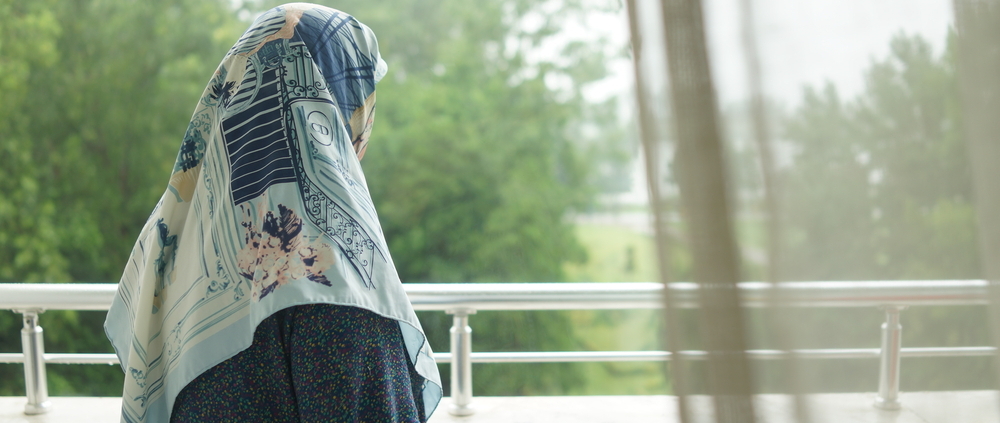Does All Non-White or Non-Clear Discharge Considered Blood?
Hanafi Fiqh
Answered by Mawlana Ilyas Patel
Question
I have read many websites saying the red/brown/yellow discharge is still your period until you see either dryness or a clear/white discharge. But what if you wipe to see yellowish discharge, then a few seconds later, on the second wipe (in the same sitting), see clear discharge?
Does this mean you went from impure to pure within that few seconds? So do you interpret this as if your discharge is still considered yellow for now, or should you ghusl and start praying now?
Answer
In the Name of Allah, the Most Merciful and Compassionate
The Colors of Blood
The colors of the blood are:
- black: very dark heavy red blood that usually clots and seems as if it is almost black;
- red;
- brown;
- green
- yellow
- dusky or a trace of color that is not pure white.
In other words, all non-white or non-clear discharge is legally considered blood.
Any discharge, white, clear, or colored, caused by an infection, illness, or operation is impure (najis), nullifies ablution, and is not considered menses or lochia.)
Normal Vaginal Discharge
The colors of normal vaginal discharge:
- White: the texture could be creamy or liquid.
- Clear: transparent or cloudy. The texture can be sticky, like raw egg whites during ovulation and saliva at other times. It is normal at various times in one’s cycle that there is no discharge.
The color of normal vaginal discharge is only considered after the immediate removal of the kursuf, and the discharge is fresh, as it tends to turn yellow as it oxidizes.
Pads or pantiliners may be used during menses or lochia. However, one cannot depend on them to determine the discharge color as they are placed far from the vaginal opening. The kursuf must be appropriately used to determine the color.
Kursuf
The kursuf is placed between the labia minora (the inner lips) at the opening of the vagina. Usually, cotton cloth, cotton wool, or paper tissue is used as a kursuf.
Pads or pantiliners may be used during menses or lochia. However, they are not considered kursufs as they are not placed at the opening of the vagina. One cannot depend on them to determine the end of menses or lochia. If one has difficulty verifying the end, then the kursuf-used properly can confirm the end.
If the discharge changes color after being exposed for a while, the color change is not considered.
- If the discharge comes out white and oxidizes or dries and turns yellow or dusky, the color is not considered.
- If the discharge comes out yellow and dries white, yellow is considered. [Hartford, Birgivi’s Manual Interpreted-Complete Fiqh of Menstruation & Related Issues]
I want to recommend you buy it. See the link below.
Check the links
Menstruation: A Comprehensive Reader – SeekersGuidance
Birgivi’s Manual Interpreted: Complete Fiqh on Menstruation & Related Issues: Amazon.co.uk: Hartford, Hedaya, Muneeb, Ashraf: 9781590080467: Books
Why not begin your search for knowledge by signing up for a course on SeekersGuidance?
SeekersAcademy (seekersguidance.org)
I pray this helps with your question.
[Mawlana] Ilyas Patel
Checked and Approved by Shaykh Faraz Rabbani
Mawlana Ilyas Patel is a traditionally-trained scholar who has studied within UK, India, Pakistan, Syria, Jordan and Turkey.
He started his early education in UK. He went onto complete hifz of Qur’an in India, then enrolled into an Islamic seminary in UK where he studied the secular and Alimiyyah sciences. He then travelled to Karachi, Pakistan.
He has been an Imam in Rep of Ireland for a number of years. He has taught hifz of the Qur’an, Tajwid, Fiqh and many other Islamic sciences to both children and adults onsite and online extensively in UK and Ireland. He was teaching at a local Islamic seminary for 12 years in the UK where he was a librarian and a teacher of Islamic sciences.
He currently resides in UK with his wife. His personal interest is love of books and gardening.
